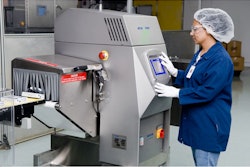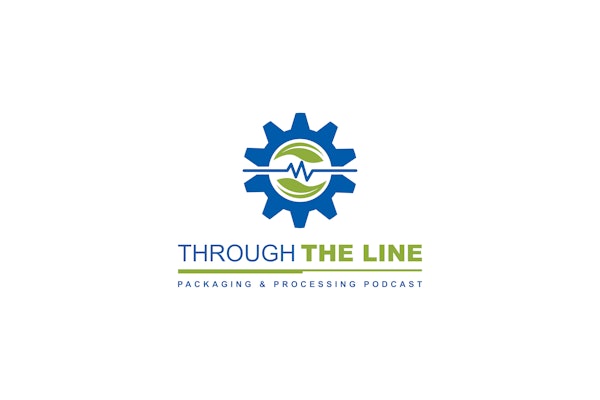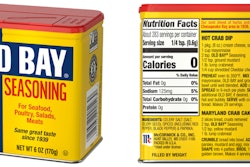The lines between national brands and retailers’ own products are blurring, and the relationships between them are getting more complex to navigate.
Fresh evidence of this increasing complexity between national brand owners and retailers is playing out between Procter & Gamble and Kroger. P&G, the world’s largest consumer product manufacturer, and Kroger, the nation’s biggest grocery store chain, are working to maintain a solid interdependent relationship—P&G needs Kroger to stock its products as much as Kroger needs P&G brands to attract shoppers to its stores—but they’re also becoming much keener competitors.
P&G, according to an article on portfolio.com, is pulling out of a couponing program that involved Kroger as a partner. And mid-January, P&G said it would launch its own online store to market its products directly to consumers. Now, for its part, Kroger is rapidly increasing its own portfolio of private-label brands that compete with P&G products, but at lower prices and in packaging similar to that for P&G products.
These are the types of developments that may well push more national product manufacturers to introduce innovative ways to get closer and establish a more direct relationship with their consumers. For those product manufacturers who aren’t thinking innovatively, and looking to chase their own customers instead of the competition, the potential risk is lost customers.

























